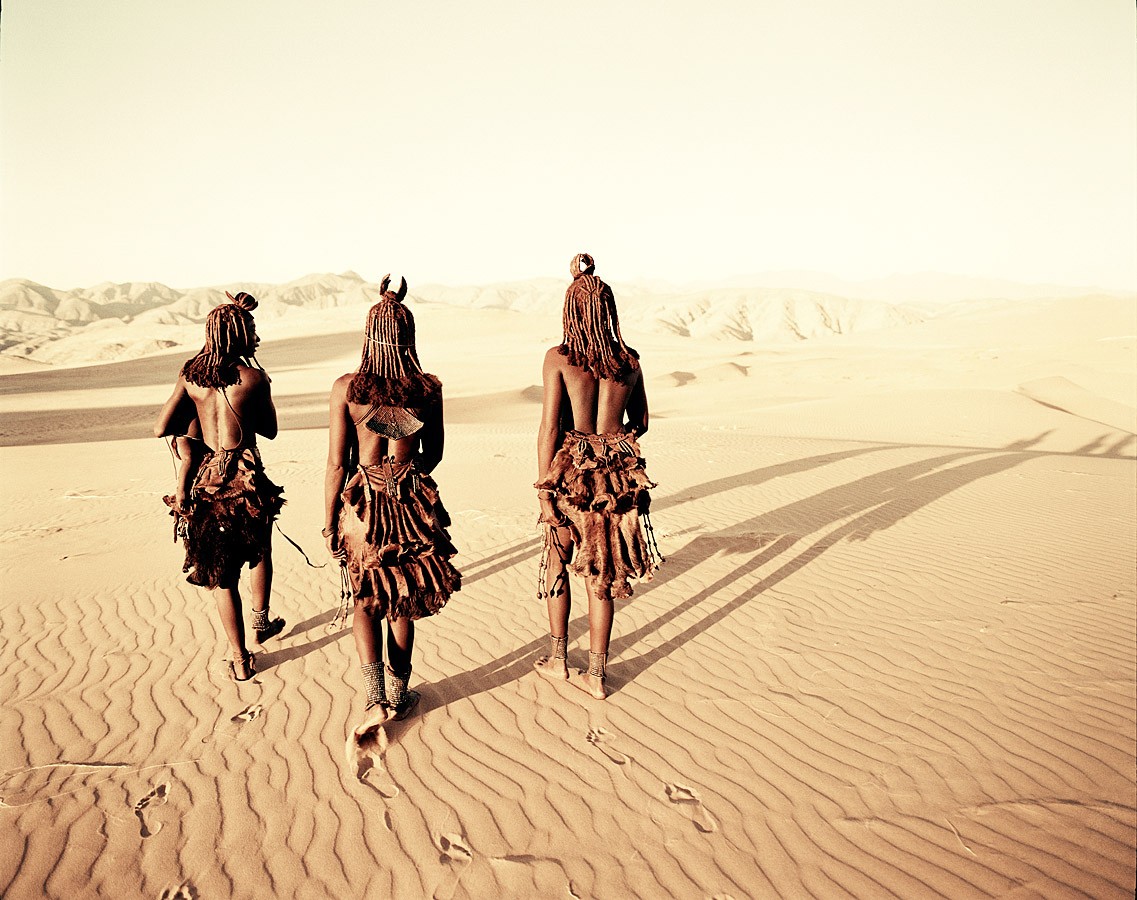Photographer Jimmy Nelson managed the almost impossible, as he managed to capture as many as 29 diverse cultures and tribes threatened with extinction in the lens of his 50-year-old camera during a four-year journey. Despite the old equipment, or precisely because of it, the photos are special, stunning and fascinating.
Jimmy Nelson is a master of photography who managed to capture in his lens the last surviving tribes that still live today in a completely unique and above all traditional way. In his photo book "Before They Pass Away" has collected the most beautiful photographs of indigenous tribes that globalization has not yet managed to touch, offering us a unique experience, because the photographs are so good that looking at them, we feel that the colorful clothes, smiling faces and deep wrinkles can almost be we touch.
By reviewing the book, we come into contact with extremely dignified people who, despite the modernization of the rest of the world, have managed to keep their traditional customs and values, which, according to Jimmy, represent their authentic beauty. The photographs have not only an aesthetic value, because with them the artist shows us the essential spirit of colorful tribal cultures and thus also serve as an important source of historical information. The photographer reveals to us various customs, clothes, decorations, cuisine, art and highlights the harmonious harmony of people with nature, which is a real rarity in the modern world. In addition to interesting images and artifacts, it also shows us the most beautiful parts of the world that technological development has not yet managed to touch.

The Tibetans
Tibetan clothing and decorations express the customs, history, religion, character traits of the local inhabitants and also the climatic conditions of the environment in which they live. They differ not only in terms of material (fur, leather, silk, wool and cotton), but also in cut - with different combinations they express their profession and position.
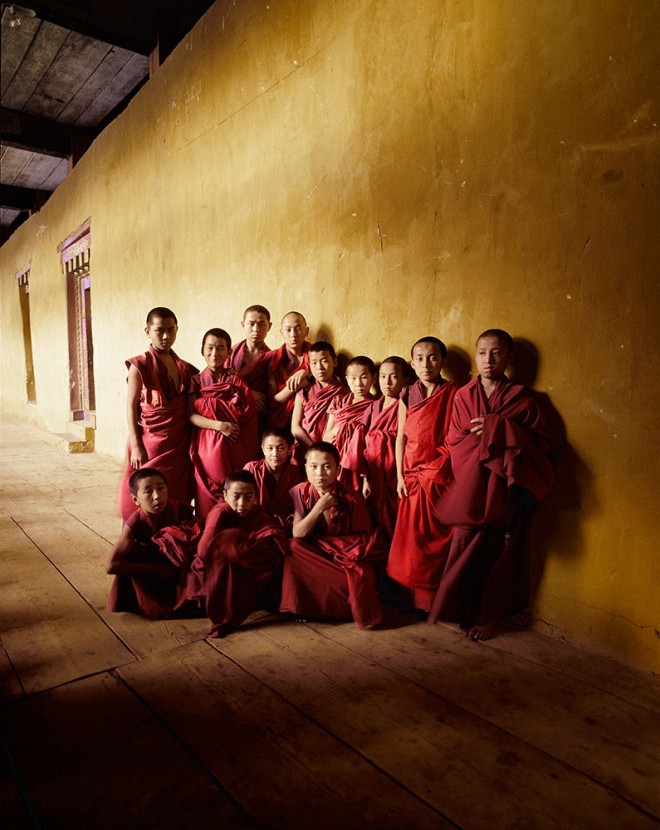
Neneti
The members of the tribe, which lives in the cold Russian north, still today dress in extremely warm traditional clothes, which have always been sewn by their wives. The men wear distinctive coats with large hoods, which take an average of four deer skins to make. The fur warms them from the inside, while the leather protects them from the outside. In extreme weather conditions, they connect an additional protective layer over the coat, which they call "gus".

Himba
The Himba is an ancient tribe of tall shepherds who resemble majestic statues. Their tribal structure and way of life allow them to survive in one of the most extreme parts of the world. Each member belongs to two clans from which the father and mother come. They put a lot of emphasis on their external appearance, which determines their position in society, and report on their wealth and status. They live in the Namibian desert, which turns into a miracle on earth during the extremely short rainy season, while the ground is covered by sand, lichens and individual "magical" plants whose roots can reach underground water for most of the year.
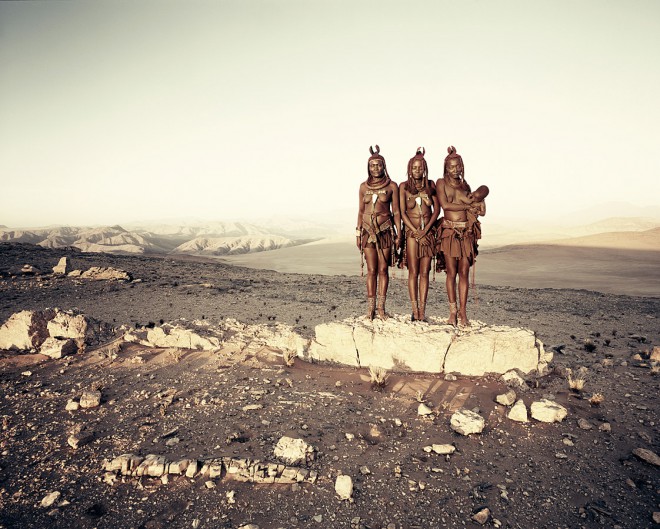
Maori
Jimmy photographed a beautiful Maori girl in the New Zealand village of Taupo. She told him that the food is called "kai" and that their cuisine is based on poultry, fish, wild herbs and cooked vegetables, of which she likes sweet potatoes the most. Meals are still cooked in the traditional way, in an underground oven called "hangi".

In addition to their unique cuisine, Maori are distinguished from other tribes mainly by their characteristic tattoos "ta moko" and dance performances "kapa haka". Tattooing in Maori culture means a kind of initiation, as "receiving" a tattoo is connected to traditional rituals that mark individual periods of life.
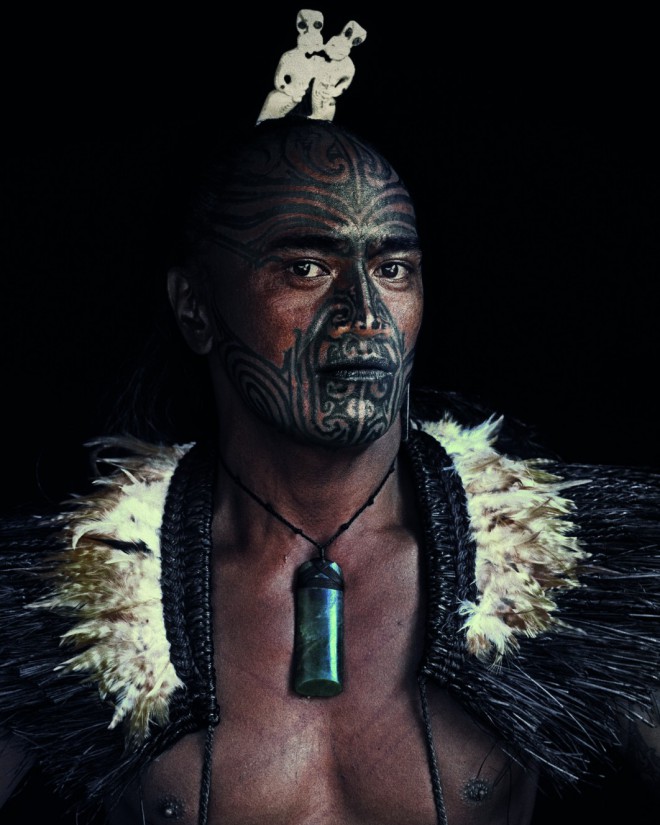
Drokpas
In an Indian village Dha living tribe, recognizable by its rich headdress, which is also worn with pleasure by the male members. They are also famous for their relaxed attitude towards sexuality. Kissing in public and changing wives are not a taboo for this tribe.


Cossacks
Descendants of Turkish, Mongolian and Indo-Iranian nomadic tribes have been wandering the mountains and valleys of western Mongolia with their herds since the 19th century. They are famous for their equestrian skills, horses being their greatest pride. Wolves, foxes and rabbits are hunted from their backs, which, in addition to food, are also used to make clothes. Only a few of the trained horsemen become honorary eagle hunters, because this sport requires exceptional fitness and specific knowledge, which are handed down from generation to generation to only a select few. Honorable hunters are dressed in distinctive clothing, durable boots, a black coat and a fox fur coat called "looooooooooooooooooooooooooooooooooooooooooooooooooooooooooooooooooooooooooooooooooood.
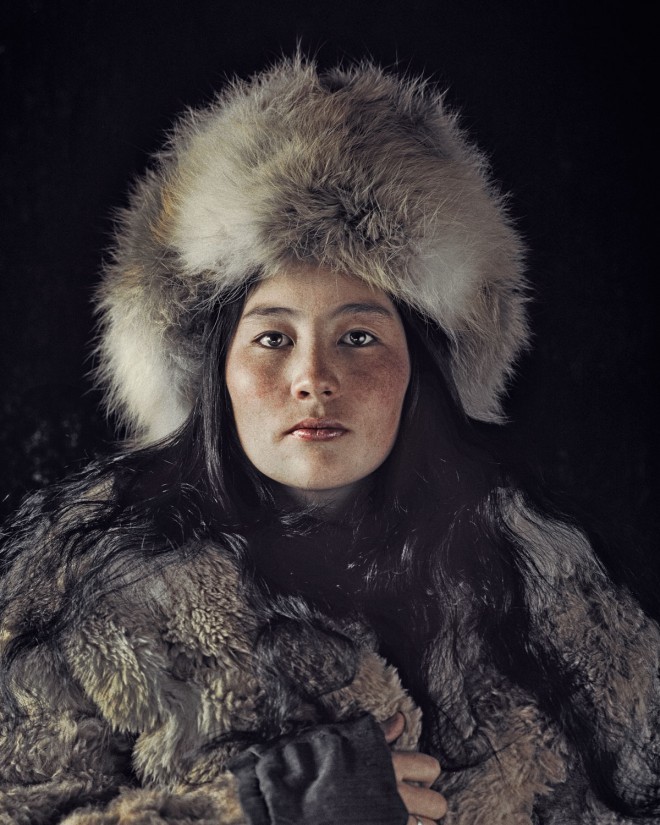
Blasphemy
The Hula are known for their "angryness", as they are extremely fond of arguing about the ownership of land, pigs and women. They put a lot of effort into intimidating the enemy, the proof of this is their faces painted with yellow, red and white, which look extremely unfriendly. Their key weapon is small axes, which are "decorated" with hooves for an extra menacing appearance.

In the video below, we find out which photographic achievements the artist is particularly proud of, and in the gallery we can see some more extraordinary photos that show rare tribes that have not yet managed to lose their primalness.
Other wonderful photos and interesting tribes can be viewed here.



